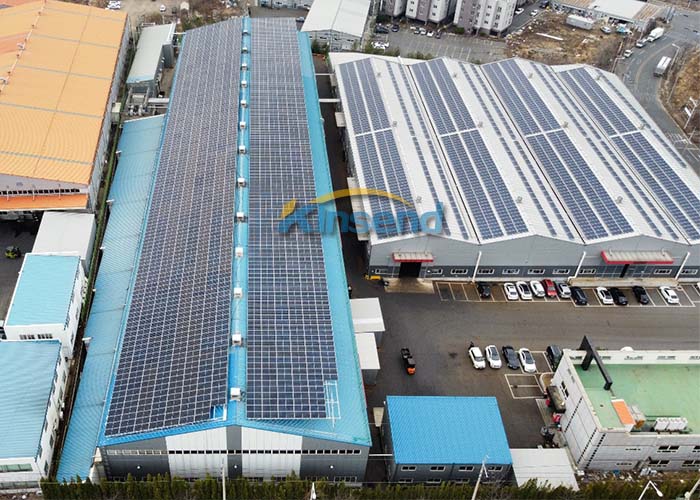With all countries in the world putting the environmental and climate problems, the improvement of energy structure and the implementation of the “double carbon” goal in an increasingly prominent strategic position, the global energy market is facing a historic and long-term green and low-carbon change. Benefiting from the strong growth of demand for electric vehicles and photovoltaics, we expect that materials in the fields of lithium batteries and photovoltaics will become an important track for sustained and rapid growth.
Recently, Korean scientists have brought new opportunities to the solar energy industry, recycling solar panels through non-destructive technology, and making them into “regenerated” high-performance solar cells, with conversion efficiency as high as 20%.
The key material of solar panel is the crystal silicon cell with blue color in the middle, which must be completely separated or a new recycling method must be found. The new recycling technology of Korea Energy Technology Research Institute (KIER) claims that 100% glass recovery can be achieved regardless of whether the module is damaged or not, and the recovery rate of other solar materials can reach 80%, which can be applied to new solar cells.
South Korea is also building a public recycling center with a capacity of about 3,600 tons in Zhenchuan County, which is scheduled to be completed in the second half of 2021, and another private recycling center with a capacity of about 2,500 tons will be completed in 2022. The extended producer responsibility (EPR) program will also take effect in 2023, and manufacturers will have to pay a fee to create a recycling mechanism in the future.
I hope that the raw materials of photovoltaic industry, such as aluminium solar mounting structure and solar panels, can be recycled well in the future.
